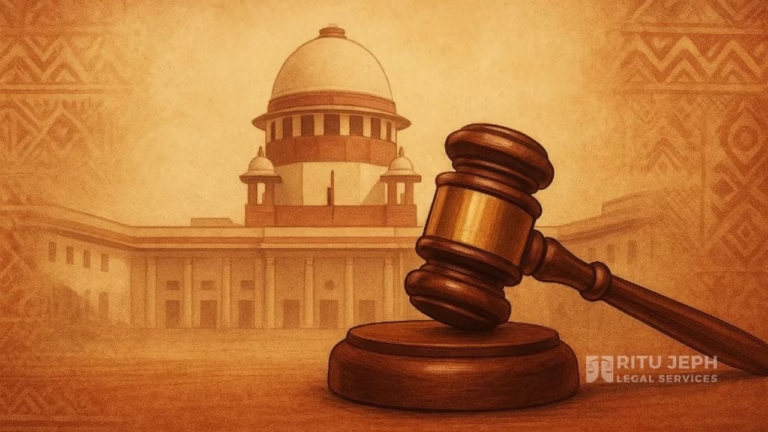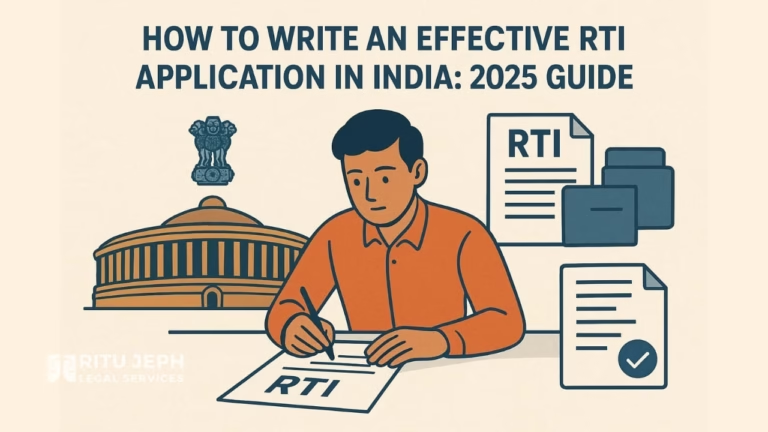Book Appointment Now

Community Service as Punishment: A Fresh Approach to Minor Crimes in India
Discover how community service as punishment under Bharatiya Nyaya Sanhita is transforming India’s justice system. Learn about real cases, criticisms, and future prospects in this detailed guide.
In July 2024, India introduced the Bharatiya Nyaya Sanhita (BNS), replacing the colonial-era Indian Penal Code. One of its most progressive changes is the inclusion of community service as punishment for minor offenses. This reform shifts the focus from jail time to rehabilitation, aiming to reform offenders while benefiting society. But what does this mean for everyday citizens, and how is it being received? Let’s explore this new law, its real-world applications, recent updates, criticisms, and what the future might hold.
What is Community Service as Punishment?
Community service as punishment involves offenders performing unpaid work for the public good instead of serving prison time or paying fines. Under the BNS, it applies to minor crimes like public nuisance, petty theft, or defamation. For example, Section 355 of the BNS allows courts to sentence individuals causing public disturbances to community service. The Bharatiya Nagarik Suraksha Sanhita (BNSS) defines it as unpaid work that benefits the community, such as cleaning public spaces or raising awareness about social issues.
Imagine a young person caught vandalizing a park. Instead of a fine, the court might order them to clean the park for a week. This not only repairs the damage but also teaches responsibility. If they fail to comply, they could face imprisonment ranging from two months to a year, depending on the offense.
ALSO READ: Recent Court Rulings on Section 144 BNSS: When Educated Wives Lose Maintenance
Since the BNS took effect, courts across India have embraced community service as punishment. In April 2025, a court in Sopore, Jammu and Kashmir, sentenced three individuals for disturbing public peace while drunk to community service, including cleaning public areas. Similarly, in November 2024, a 28-year-old in Prakasam, Andhra Pradesh, convicted of temple theft, was ordered to perform community service, marking a first in the state. These cases show how community service as punishment is being used to promote accountability while easing prison overcrowding.
The introduction of community service as punishment reflects a global trend toward restorative justice. It reduces the burden on India’s overcrowded jails, which house over 500,000 inmates against a capacity of 400,000. It also offers offenders a chance to reform rather than face the stigma of imprisonment. For society, it means cleaner streets, better public spaces, and increased awareness about issues like alcohol abuse. Dr. A.R. Prakruthi, an advocate from Mysuru, called it “a progressive step toward a balanced justice system” in July 2024.
The government has emphasized community service as punishment as part of its vision to modernize criminal laws. In December 2024, Prime Minister Narendra Modi highlighted the BNS’s focus on justice over punishment during a Chandigarh event. The BNSS also clarifies that community service must be court-ordered and unpaid, ensuring consistency. Some states, like Maharashtra, are exploring ways to integrate community service into local justice systems, with proposals for structured programs like tree planting or community health drives.
Criticisms and Challenges
Despite its promise, community service as punishment faces criticism. Legal scholar Vishnu Sharma, in a September 2024 article, pointed out the lack of a clear definition of “community service” in the BNS, which could lead to inconsistent sentencing. For example, one court might order a day of cleaning, while another might demand weeks of work for the same offense. There’s also the challenge of enforcement—monitoring offenders to ensure they complete their tasks is resource-intensive. Critics worry that without proper oversight, the system could be abused or become ineffective.
ALSO READ: Police at Your Door? 6 Must-Know Tips for Dealing with Police in 2025!
Another concern is the potential for unequal application. Wealthy offenders might influence lenient sentences, while poorer individuals could face harsher penalties for non-compliance. These issues highlight the need for standardized guidelines and training for judges.
Speculations and Future Outlook
Speculation is rife about how community service as punishment will evolve. Legal experts predict the government may introduce detailed rules to define tasks and durations, possibly by mid-2025. There’s also talk of expanding community service to more offenses, like minor cybercrimes, to address digital-age challenges. However, some fear that without a robust data protection law, integrating technology into monitoring could raise privacy concerns.
Community service as punishment under the Bharatiya Nyaya Sanhita is a bold step toward a more humane justice system. By focusing on rehabilitation, it benefits both offenders and society. Real-life cases, like those in Sopore and Prakasam, show its potential, but criticisms about clarity and enforcement must be addressed. As India refines this law, citizens can expect a justice system that prioritizes reform over retribution, making communities stronger and safer.



